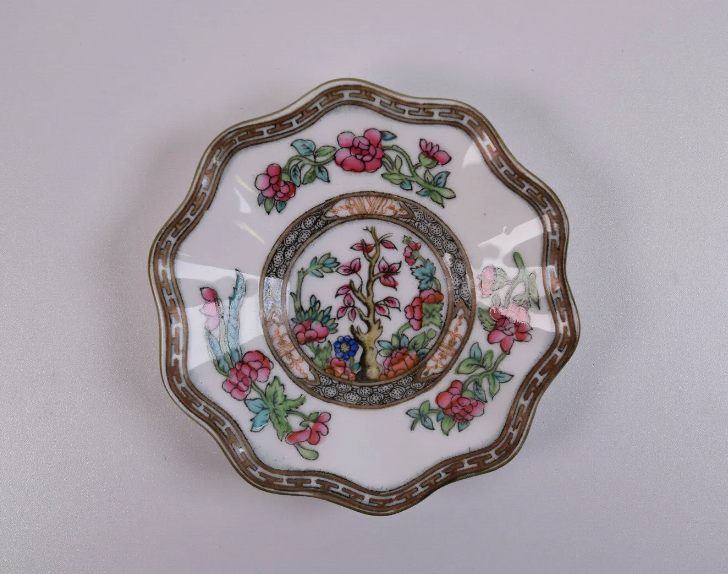Coalport china is a type of fine china, porcelain, and luxury accessories that was produced by the Coalport factory in England. The Coalport period dated from 1795, when John Rose founded the factory in Shropshire, England. He was a master potter and a leader of the ceramic industry, who produced high-quality and innovative porcelain wares, such as tableware, vases, figurines, and clocks. In this blog post, I will give you a brief overview of the history of Coalport china, from its invention to its innovation.
The Invention of Coalport China
John Rose was born in 1772 in Shropshire, England, into a family of potters. He started his career as an apprentice to Thomas Whieldon, one of the leading potters of the time, where he learned and experimented with various types of clay, glazes, and colors. In 1795, he decided to start his own pottery business in Coalport, a village on the banks of the River Severn, where he rented a small factory. He soon established himself as a skilled and innovative potter, producing high-quality and diverse wares, such as creamware, pearlware, stoneware, and porcelain1
John Rose is credited with the invention of two extremely important techniques that were crucial to the worldwide success of the English pottery industry in the century to follow. The first technique was the bone china, which he developed around 1800. Bone china was a type of hard-paste porcelain that was made from kaolin clay and bone ash, and fired at high temperatures. It was white, translucent, and durable, and became the standard for English porcelain. The second technique was the underglaze blue printing, which he perfected in 1805. Underglaze blue printing was a technique that allowed for the transfer of intricate designs from engraved copper plates to the porcelain surface, before glazing and firing. It was inspired by the Chinese and Japanese porcelain, and produced some of the most popular patterns, such as the Willow Pattern and the Blue Dragon2
The Innovation of Coalport China
John Rose died in 1819, and was succeeded by his brother, Thomas Rose, who ran the factory until his death in 1841. He expanded and improved the factory, and hired talented artists and designers, such as William Billingsley, John Randall, and William Pugh, who created original and artistic decorations for the china. He also diversified the product range, offering not only tableware, but also ornamental and sculptural pieces, such as vases, figurines, and clocks. He also exported the china to various countries, such as France, Germany, Russia, and the United States3
Coalport’s china quickly gained popularity and recognition, both in England and abroad, for its beauty, quality, and affordability. It attracted the patronage of the royal and aristocratic families, as well as the cultural and artistic elites, who commissioned and collected it as a sign of elegance and refinement. Coalport also received numerous awards and honors for its china, such as the Grand Prix at the Paris World Exhibition in 1855, the Gold Medal at the London International Exhibition in 1862, and the Grand Prix at the Paris World Exhibition in 1867. Coalport also became a member of the Royal Society of Arts in 1820, and was appointed as a Royal Potter in 1830.
The Conclusion
Coalport china is a remarkable example of artistic achievement and innovation, which spans over half a century and reflects the history and culture of England and Europe. It is admired and valued by collectors and connoisseurs all over the world, who appreciate its beauty, quality, and diversity. It is also a living and evolving art form, which continues to produce new and original works, thanks to the talent and creativity of its artists and craftsmen. Coalport china is a leader of English porcelain, which has become a national treasure and a universal delight.
